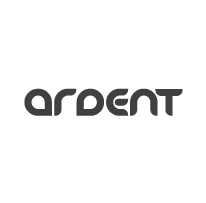The four types of application integration and how they compare
18 November 2022 | Noor Khan
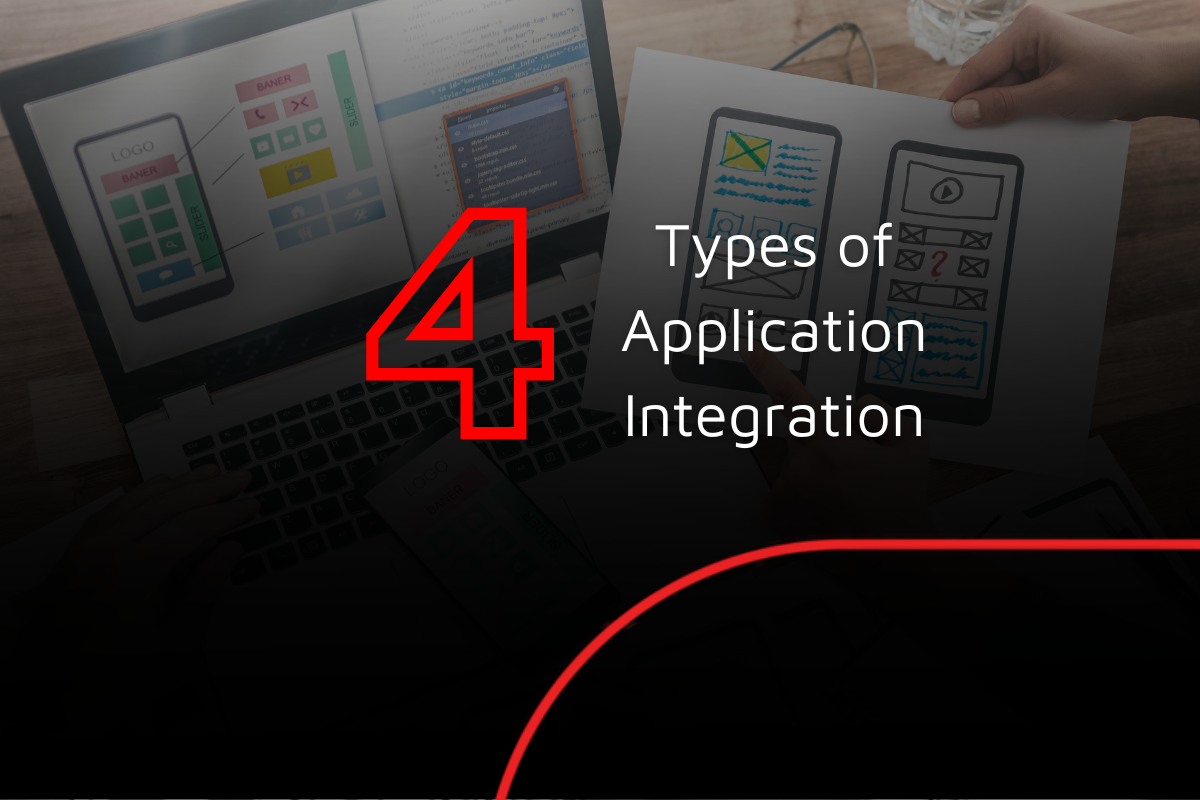
Application integration is the connection between two or more apps. As businesses grow and evolve, they adopt multiple software and apps to increase efficiency across their organisation, this can range from CRMs, supply chain management software, accounting software and more. These software alone can provide invaluable benefits to organisations, however, connected they can provide one source of truth with powerful insights to drive growth and inform business strategy.
In this article, we will look at the four types of application integration which will help you decide what is right for you.
Presentation level integration
Presentation level is one of the mature forms of app integration which collates two or more apps into one by creating a common User Interface (UI). The information is collated with middleware technology and presented on the UI. This form of app integration is considered outdated and although it is still used it's not considered as sophisticated as other forms of integration.

Key benefits of presentation-level integration
- One User Interface
- Collated information
- Good for smaller apps
Limitations and challenges of presentation-level integration
- Considered an outdated method of integration
- Is less sophisticated compared to others
Business process integration
The main aim of business process integration is to improve efficiency in an organisation with the adoption of business automation and AI. Business process integration connects two or more apps to improve workflows and ensure they are as efficient as possible. With teams utilising multiple applications and software for day-to-day activity, which are disparate in nature, it can reduce productivity and provide room for error. An example of business process integration is the connection between your CRM and accounting software, once an order is generated in your CRM, an invoice is automatically created in your accounting software.

Key benefits of business process integration
- Improve workflows and efficiency
- Mitigate room for human error
- Enable teams to focus on high-value work
- Reduce operational costs
Limitations and challenges of business process integration
- Increase security exposure with integrated systems
- Issues, errors or breakdowns may impact the entire system rather than just one application.
Data integration
The data integration of two or more apps enables the data systems to communicate and exchange data with one another. As organisations and their data grow in volume, source, type and format, without integration, businesses can become less efficient without enriched and collated information. The most common format of app integration level is using an intermediate data format, which can be understood by both applications. Alternatively, developers can write code which can then enable the two applications to communicate. However, the first method offer scalability and efficiency whereas the second method may require constant updating of the code.

Here are some key benefits of data integration and some challenges you face.
Key benefits of data integration
- Improved data quality
- Collated data for one source of truth
- Improve collaboration
- Drive Business Intelligence
- Increase in efficiency
Limitations and challenges of data integration
- The more variety in data (format, source, type) the more challenging it can be to collate it
- Growing volumes of data can require a high level of resources (e.g. storage)
- Poor quality or outdated data can pose a challenge with speed and storage
Communication level integration
Communication level integration is the method used in both business process integration and data level integration. Essentially, it looks at how apps communicate with each other in these types of integrations. For communication-level integrations APIs (Application Programming Interfaces) are created to be the communicator between the apps. API is a middleware technology which can employ multiple methods to facilitate communication which includes the following:
- P2P (Point-to-Point)
- Hub-and-Spoke
- ESB (Enterprise Service Bus)
Read the full article on the different approaches to application integration and hose to choose the right one for you.
Types of application integration for you - choosing the right one
Choosing the right type of application integration will largely depend on your challenges and your business goals and objectives. If you are looking to improve productivity and streamline your organisation's operations, then business process integration may be the ideal option for you. On the other hand, if you are looking to better understand your business activity and data to drive BI, then consider data-level integration. If you are still unsure about which is the right method for you, then reach out to an expert that can help you navigate your application integration.
Ardent app integration services
If you are employing multiple disparate applications and are trying to better understand your business the ardent app integration service is for you. The Ardent experienced and highly skilled software engineers can come on board to help understand your challenges to deliver any type of application integration which is fit for you, your business and your requirements to:
- Effectively manage your data
- Automate workflows
- Increase sales
- Provide a seamless experience
- Improve efficiencies
..or achieve whatever organisational goal you have with Ardent app integration. Get in touch to find out more or set up a discovery call so we can help find the right solution to meet your unique needs.
Ardent Insights
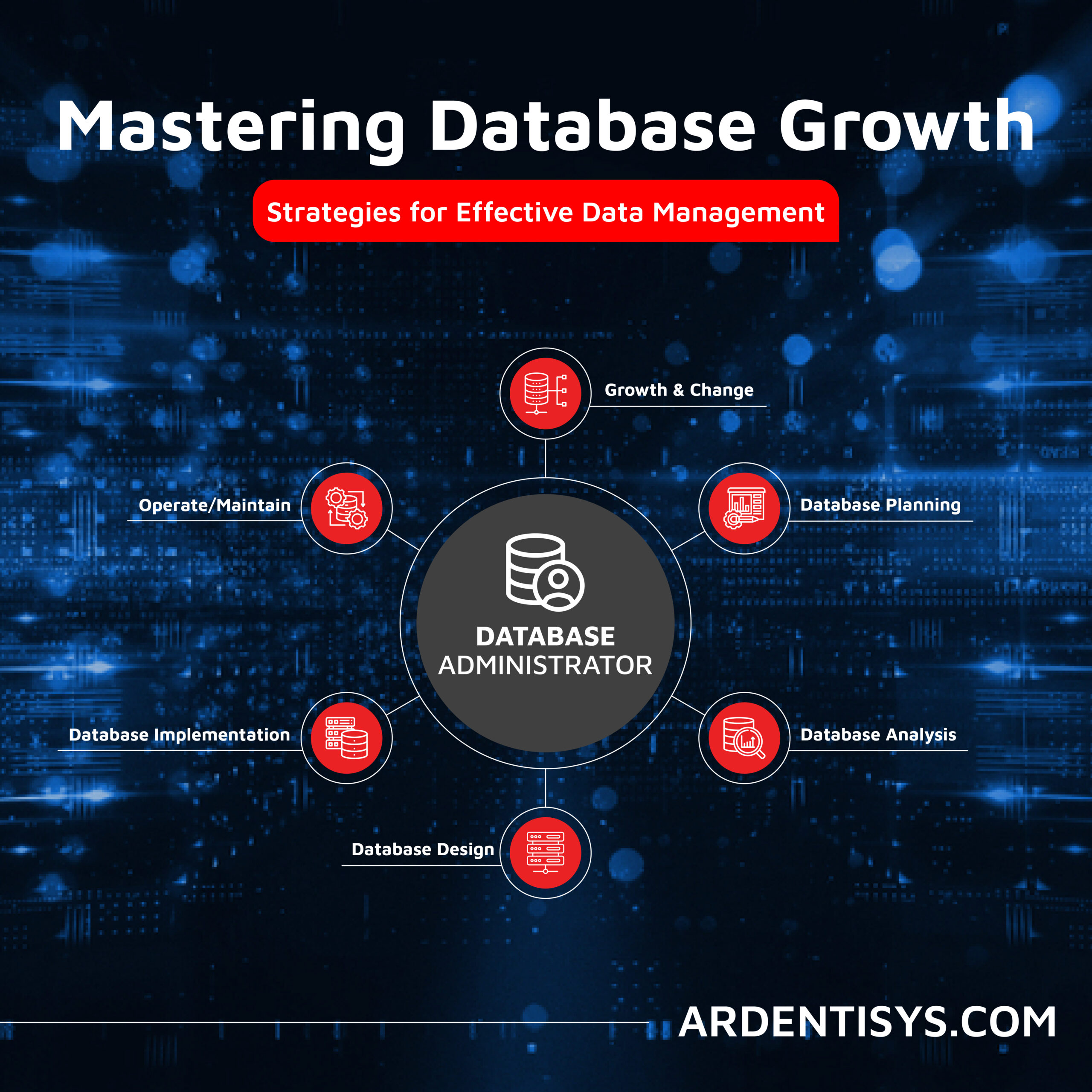
Overcoming Data Administration Challenges and Strategies for Effective Data Management
Businesses face significant challenges to continuously manage and optimise their databases, extract valuable information from them, and then to share and report the insights gained from ongoing analysis of the data. As data continues to grow exponentially, they must address key issues to unlock the full potential of their data asset across the whole business. [...]
Read More... from The four types of application integration and how they compare
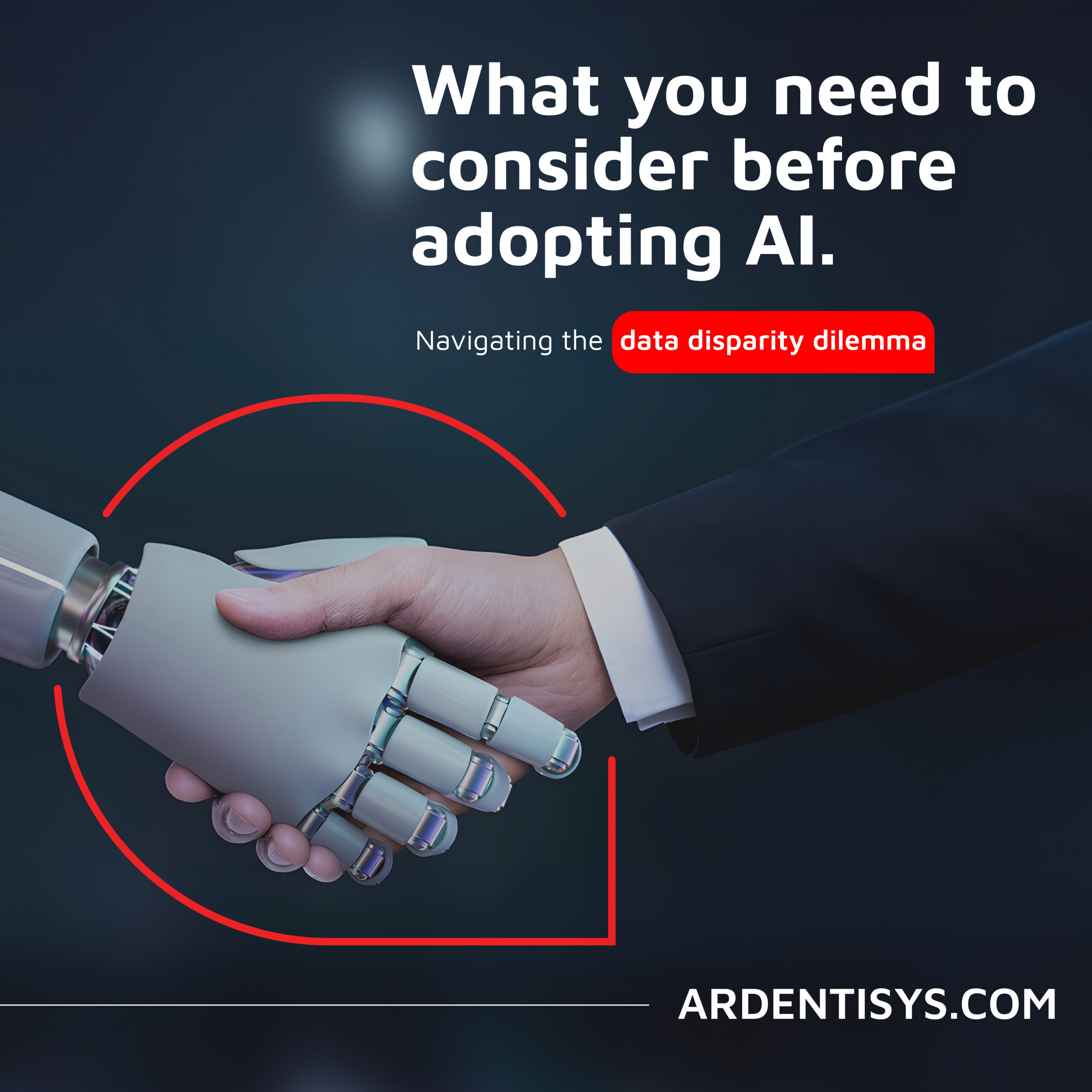
Are you considering AI adoption? We summarise our learnings, do’s and don’ts from our engagements with leading clients.
How Ardent can help you prepare your data for AI success Data is at the core of any business striving to adopt AI. It has become the lifeblood of enterprises, powering insights and innovations that drive better decision making and competitive advantages. As the amount of data generated proliferates across many sectors, the allure of [...]
Read More... from The four types of application integration and how they compare
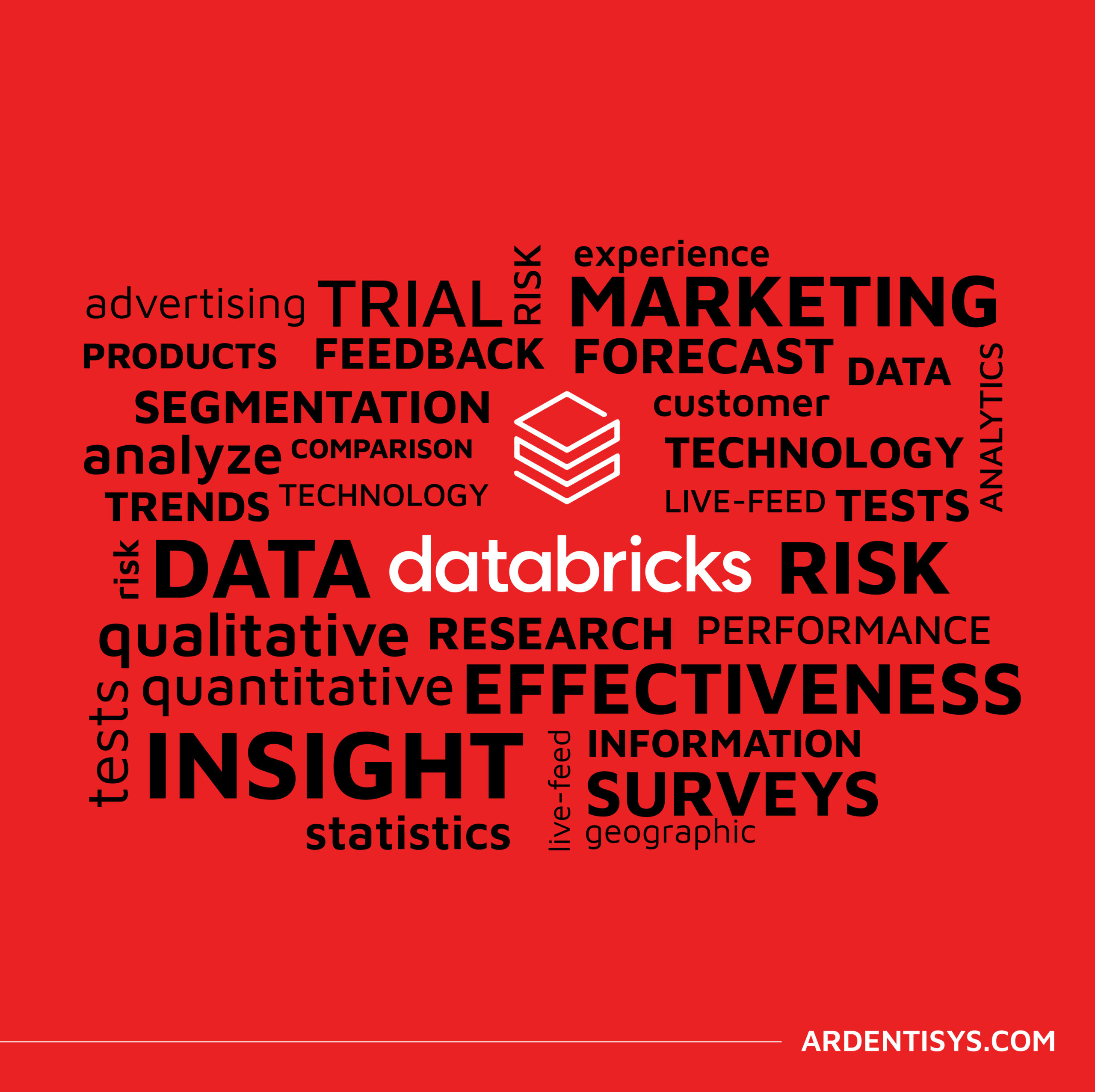
Why the Market Research sector is taking note of Databricks Data Lakehouse.
Overcoming Market Research Challenges For Market Research agencies, Organisations and Brands exploring insights across markets and customers, the traditional research model of bidding for a blend of large-scale qualitative and quantitative data collection processes is losing appeal to a more value-driven, granular, real-time targeted approach to understanding consumer behaviour, more regular insights engagement and more [...]
Read More... from The four types of application integration and how they compare




